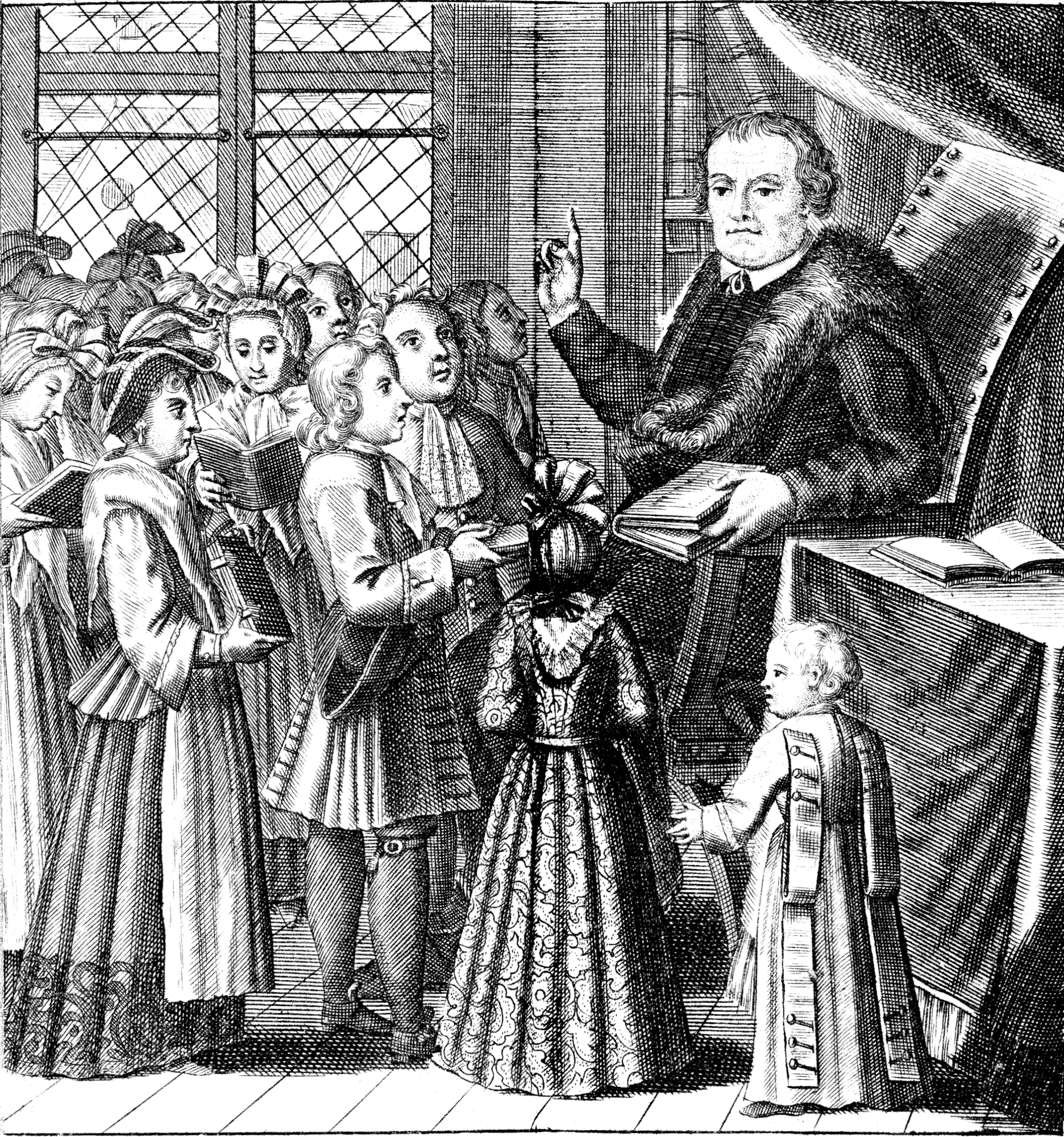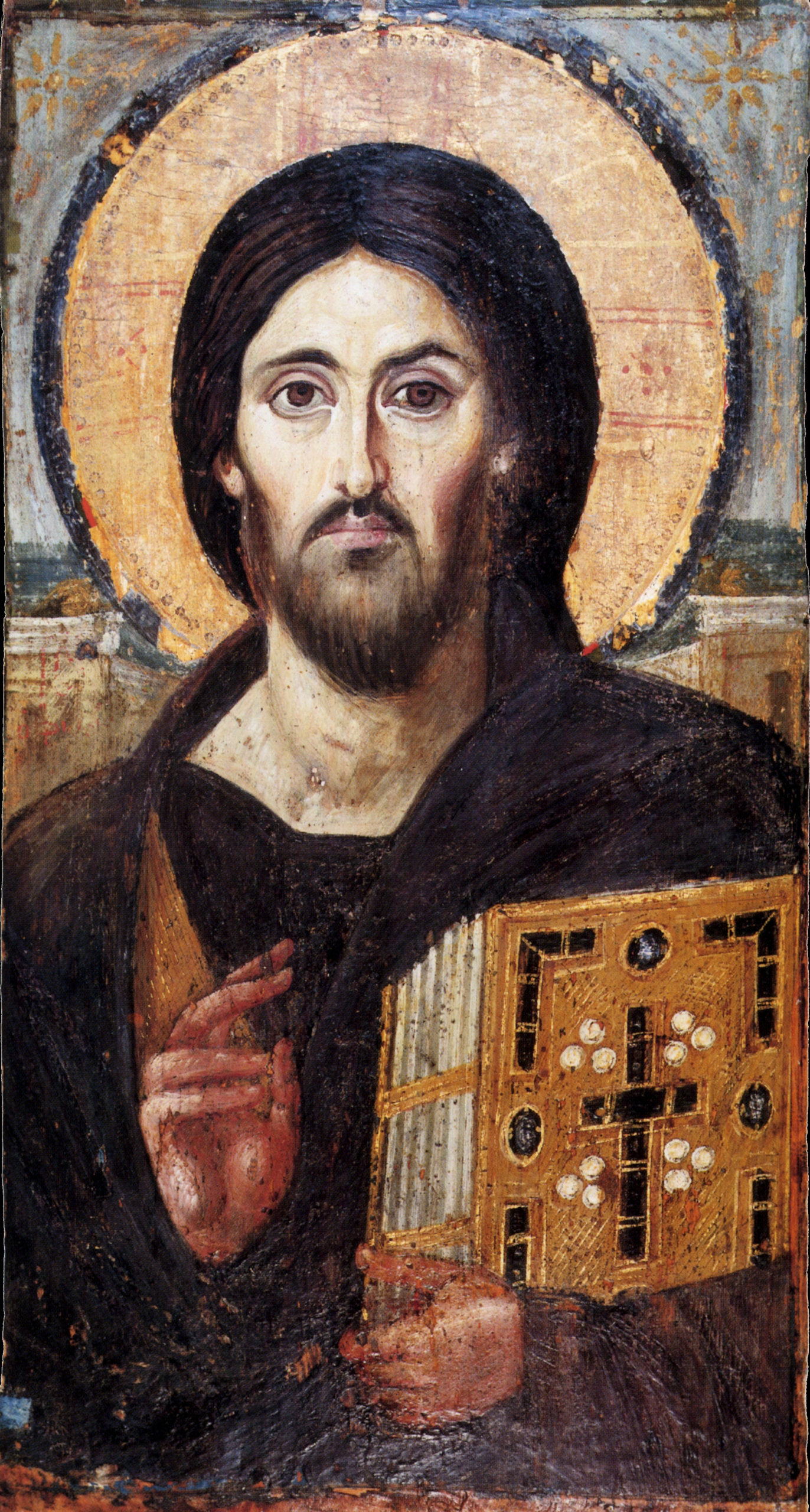The Historic Lectionary
The Lutheran Reformation was never about creating something new—whether a church, a system of theology, or a way of worship—but about recovering what had been lost. Unlike the radical reformers among the Calvinists, the Lutheran reformers sought to retain, wherever possible, the treasures and traditions of the Church. The chief treasures of the Church are, of course, the Gospel of Christ and the Holy Sacraments. These we must never give up, even though it cost us our lives. But there are many other salutary traditions that the Reformers considered a valuable part of our inheritance in the faith. Regarding the Lutheran observance of the Divine Service, or the Mass, as the Reformers called it, our Confessions state: “We do not abolish the Mass, but religiously maintain and defend it… And the usual public ceremonies are observed, the series of lessons, of prayers, vestments, and other like things” (Apol. XXIV, 1).
The ancient series of lessons and prayers referenced by the Book of Concord is the Church’s historic Lectionary, a series of appointed Bible readings (lections), psalm verses, and prayers to be used within the Divine Service for nearly every day of the Church Year. This Lectionary was not the product of an individual, a committee, or even a single generation. Instead, it developed organically over many centuries of Christian worship and has, in some form, been in continuous use by the vast majority of believers for nearly sixteen hundred years (and perhaps longer). How wonderful to be united in this way with countless generations of the faithful departed, hearing the same words of Holy Scripture read aloud in our worship on any given day of the Church Year!
Believers used to spend much more time in church than we do today. Thus, the historic Lectionary included readings not only for the chief Sunday services, but also for many of the weekdays: most Wednesdays and Fridays of the year, all forty days of Lent, the Octaves of (eight days following) Easter and Pentecost, the twelve Ember Days (seasonal periods of fasting and repentance), and a host of other occasions, including commemorations of the saints.
The devout Lutherans of old, even the simple farmers, ordered their lives around the rhythm of the Church Year. They planted their crops, forecast the weather, and named their children according to the Calendar of the Church. But sadly, the greater part of this treasure has been forgotten or lost to us today. During our synod’s hurried transition to the English language following the World Wars, many valuable German-language resources, including the full historic Lectionary, were left behind. Where the historic Lectionary (titled the One-Year Lectionary) is presented in English by our synodical publishing house today, it is but a shell of what our fathers once held in their hands. Nearly all of the weekday occasions with their readings have disappeared, leaving only Sundays and a few dozen chief feasts and festivals. The One-Year Lectionary book by CPH could more properly be titled One-Third of the Historic Lectionary, since the greater portion of the Scripture readings, psalm verses, and prayers are no longer present.
The Lutheran Missal
For the past six years, I and a handful of other volunteers have been engaged in a project to recover the full treasure of the Church’s lectionary. Our offering, when published, will be titled The Lutheran Missal. For those unfamiliar with the word, a missal, or mass book, is a large, ornate book from which a pastor can conduct the Divine Service from beginning to end. A missal is ornate because it is meant to be placed on the missal stand of the church altar, next to the Body and Blood of Christ. A missal is large because it contains every Scripture reading, psalm verse, and prayer of the historic Lectionary, including those for special services, such as Ash Wednesday or Good Friday. Our Lutheran fathers, who inherited the Latin missals of the late-medieval Western Church, continued to use and produce missals (sometimes in Latin, but more often in German) in the centuries following the Reformation. But, inexplicably, we did not continue this tradition in North America after adopting the English language. The Lutheran Missal, the first such publication for English-speaking Lutherans, is an effort to restore the full use of the historic lectionary within our parishes.
Sources
The Lutheran Missal makes use of three types of primary sources: the Latin missals of the late-medieval Western Church, the German missals and prayer books of the Lutheran Reformation, and the liturgical publications of our synod. Some might find it strange that Lutherans would pay any heed to pre-Reformation sources, but the old Latin missals, as the last publications of the unified Western Church, were the starting point for the Lutheran reforms of the liturgy. Long after the Reformation began, Lutheran liturgical texts were still making reference to the Latin missals in a positive way. For example, the missal for the Lutheran Cathedral of Havelberg, compiled by Matthäus Ludecus in 1589, omits the forty Lenten masses, “lest the book grow too large” (p. 63). Even so, Ludecus commends the omitted portions, which “were hardly assigned without wisdom or good order by the godly doctors of the early church,” and directs the inquiring reader to “seek elsewhere,” that is, to consult the old Latin missals.
But what about more recently established traditions, some of which can be found in the liturgical publications of our synod? Is there a place for these? Quite possibly, yes. Of course, we should endeavor to retain all that is salutary of the Church’s ancient tradition—as did the Lutheran Reformers—but not in a slavish sort of way. The ancient and living tree of the Church’s liturgy and tradition still grows, though much more slowly now than when it was a sapling. Whereas it was necessary for our fathers to graft in whole branches or prune away large sections of diseased trunk, our task today, as the inheritors of a fully mature tree, is largely one of careful cultivation and preservation: trimming a small branch here or there, inspecting for disease, etc. Lutherans are right to be wary of liturgical innovation. Even so, the historic Lectionary has continued to develop in the five hundred years since the Reformation. Perhaps the biggest example of this is the relatively recent addition of Prophecies (Old Testament readings) to the historic Epistles and Gospels for Sundays. Even though these readings are less than a century old, they have become part of our current tradition, and they serve the proclamation of the Gospel. Thus, they ought to be preserved. Our goal with The Lutheran Missal is not one of historical repristination. Rather it is to bring forward the best of our ancient Catholic inheritance—cleansed from Roman dross—with an eye toward certain worthy traditions that have developed in our use since the Reformation.
Intended Use
The Lutheran Missal is intended as a supplement for our current hymnal and lectionary, not as a replacement. Much of the content for Sundays will be familiar to those who use Lutheran Service Book, especially to those who follow the One-Year Lectionary. In fact, if your pastor were to begin using The Lutheran Missal after its publication, you would likely not notice a difference on Sundays, unless, of course, it was that a large and beautifully bound book now graced the missal stand. But the real benefits of using The Lutheran Missal might not become apparent to the congregation until the next season of Advent or Lent.
Most of our Lutheran pastors would not dream of abandoning the assigned Sunday texts in favor of an invented sermon series. Why then, would we do exactly that on the Wednesdays of Advent and Lent? With the publication of The Lutheran Missal, our pastors will, for the first time in a century or two, be able to read and preach on the historic texts appointed for these days, texts chosen by the Church Fathers for their connection to the theme of the previous Sunday’s Gospel reading. Is your congregation considering offering services during the Twelve Days of Christmas, or the weekdays of Lent, or the Octaves of Easter or Pentecost? Perhaps your parish would like to observe the feast day of St. Lawrence, which is listed on its historic date of August 10th in LSB’s calendar, but without any of the necessary texts. If so, the missal will prove a great aid, providing easy access to the historic readings, Psalm verses, and prayers for each occasion. A smaller edition of The Lutheran Missal will also serve well at home upon the family altar, allowing devout fathers, mothers, and children to more fully immerse themselves in the texts and rhythm of the Church Year. And perhaps the devotional use of the mid-week occasions in our homes will help to restore their public observance within our parishes.
Conclusion
It has been five years since work on The Lutheran Missal began, and it may take another five before it is ready to publish. To those eager for the finished work, this may seem a very long time, but consider that we have been without a missal for nearly two hundred years. We can wait a few years more in order to ensure that it is well made, and that the texts presented are truly those of the universal Church, rather than of a single source or diocese. For those interested in our editing process, or learning of the unprecedented amount of research that has already been done, please visit lutheranmissal.home.blog, or simply search the web for The Lutheran Missal. It is our hope that this missal will become a great blessing to the English-speaking Lutheran Church, restoring to our use the full treasure of the historic Lectionary and aiding the saving work of the Gospel among our parishes and families. May God grant it for Christ’s sake.




